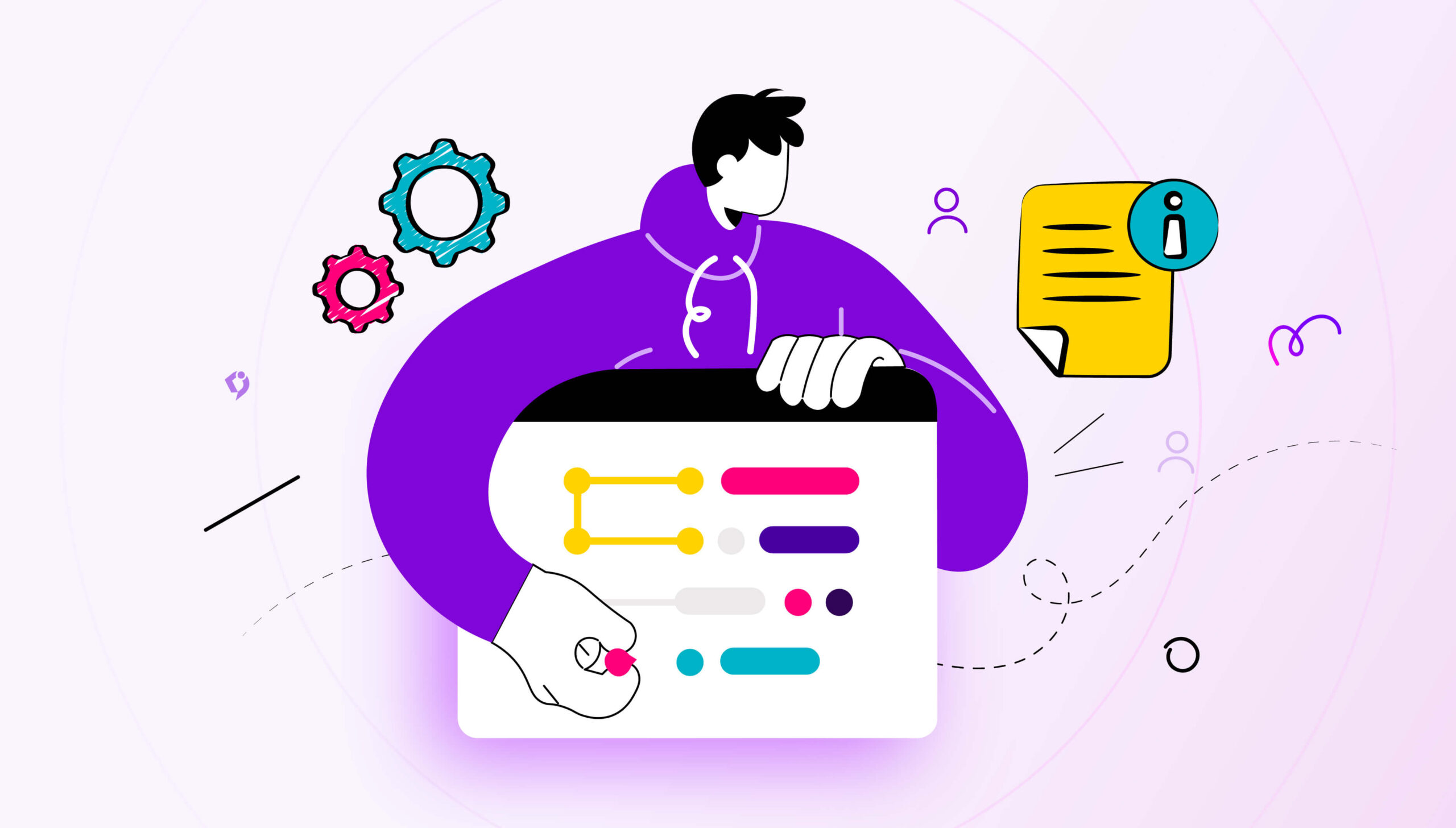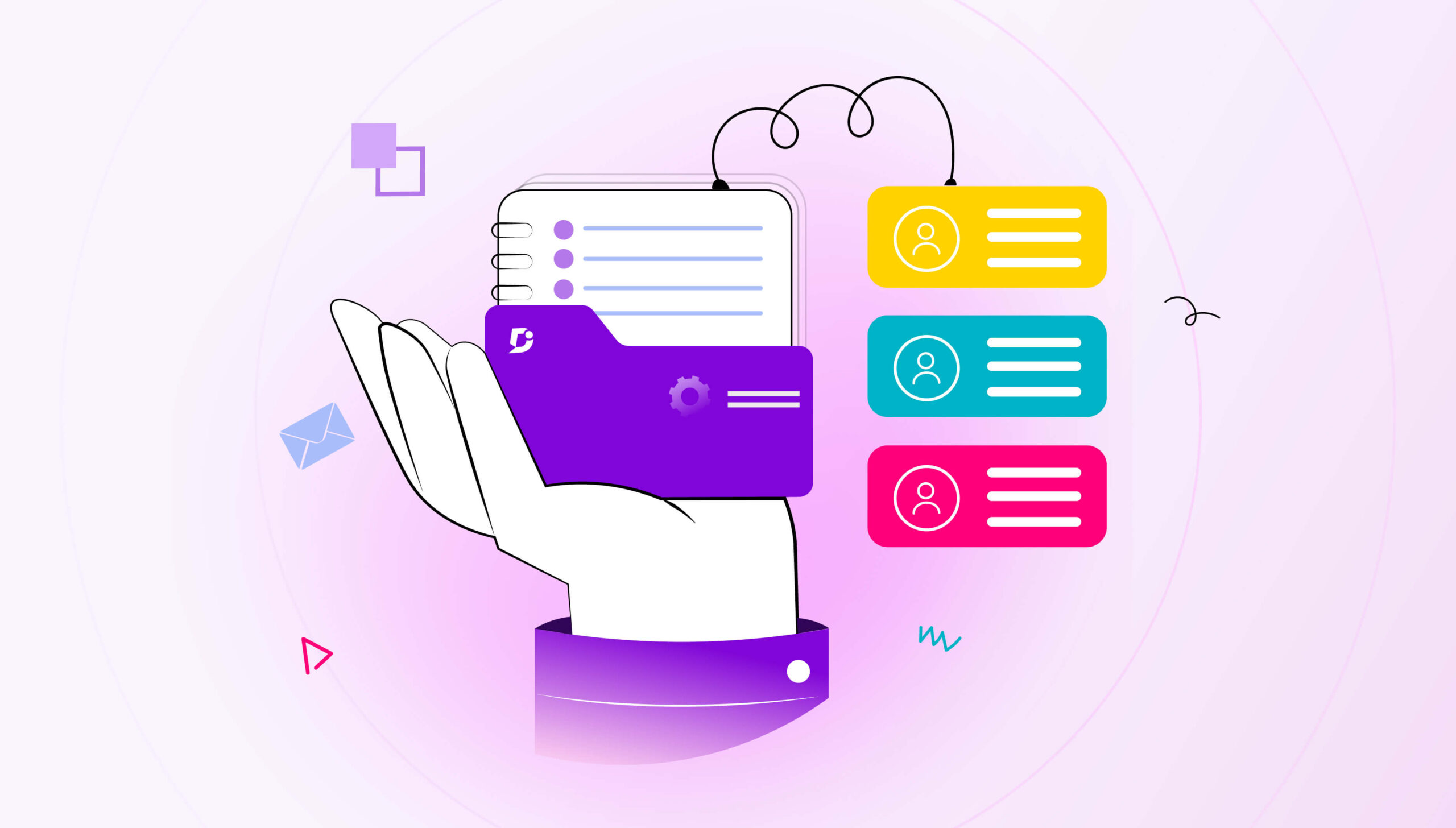Today, the Internet is considered as a knowledge base. Anyone can access any kind of information using the Internet, such as documents, view hypertext, and multimedia (audio and video) through a web server database.
Also, it has become necessary and critical for any organization to provide public access to corporate websites, which require constant, reliable, interactive web forms, authentic transactions and relevant documents. This has driven the organization to adapt to Web Content Management systems.
Gradually this led to a Knowledge Management system and a Knowledge Base system.
Although Knowledge management systems preceded the internet, it became easy for the user to access information using the internet, because it was like a distributed database on the internet.
In due course, the distinction between the Knowledge management system and the Knowledge base system became very minimal. Although these systems are still considered content repositories, which allows you to store, query, and make appropriate decisions.
So, in the Knowledge Management System, you just store them (manuals, procedures, policies, best practices, reusable designs and code, etc.) in the database.
In a knowledge-based system, you meticulously classify and categorize them (manuals, procedures, policies, best practices, reusable designs, code, etc.) appropriately in meaningful sections, sub-sections, and groups.
What is Software Documentation?
Software documentation is a key component of software programs, simplifying the workflow for all project participants. It encompasses a variety of elements, including API documentation, build notes, and user assistance content, all of which play a critical role in the software development process.
It needs to serve the purpose of resolving the issues, when encountered by the developer, end user, or while during customer facing the knowledge Base.
Appropriate details and descriptions need to be documented to achieve the following goals:
• Resolve issues encountered by the developer during the development process
• Help end-user to understand the product
• Assist customers and the support team to find the information.
Documentation can be related to API documentation (which can be used to either incorporate in the code or to extend the functionality of the existing application, release notes that serve what bugs had been fixed in the current release, and what code had been refracted) and, or customer-facing help content to easily find required information immediately. Software documentation helps you to understand the product, interface, capability, and ability to fulfill a task, and quickly search and find a particular section within the document, or find a resolution when encountered using the product.
Types of Software Documentation
Many types of documents are required and delivered during the product development life cycle and software development life cycle, like Software documentation, Developer documentation, Software requirement document, design documentation, and audience analysis.
User Documentation
This document is mostly delivered for end-users who want to use the product themselves, to understand and complete a certain task.
• How-to guides – Guides the user to complete a task or a predetermined goal.
• Tutorials – Learns a concept by following a series of steps concept
• Reference docs – Describes the technical detail of the product (Software requirement specification, software design documents and so on)
• Administration Guide: Enables the administrator to refer to this after installing an application
• Configuration Guide: Allows the administrator to refer to this document for configuration parameters.
Developer Documentation
This documentation refers to system-related documentation.
• API documentation –Specifies how to invoke API calls and classes, or how to include API in the code that is being developed.
• Release notes: Describes the latest software, feature releases, and what bugs have been fixed. Usually, this document is a text file with a filename extension (.txt).
• README: A form of documentation, it is usually a simple plain text file called Read Me, READ.ME, README.TXT with A high-level overview of the software, usually alongside the source code.
• System documentation – Describes the system requirements, including design documents and UML diagrams.
Just-in-time Documentation
A situation may arise, where a just-in-time document quickly serves the support for customer-facing documentation. The user need not refer to any documents or FAQs for information.
It is recommended that documentation tools be common across your development team, so that it can be easily accessible within the environment, and you need to initiate that the documentation becomes a mandatory part of the Software development life cycle process. For example, GitHub is a cloud-based do-my-papers application, that serves the purpose of code developers and authors.
Also Read: Introductory guide to process documentation
How to choose a software documentation tool
Documenting your product and its features can be highly time-consuming and requires a lot of attention to detail while creating software documentation that can be easily understood by customers and team members. Here are some crucial features to look for in a software documentation tool
Document360 supports the following features:
• Custom Dashboard
• File Manager
• Article Redirect
• Team Management
• Team Auditing
• Secure Hosting
• Backup and Restore
• Custom Security
• In-app Assistance
Documenting, storing, and sharing technical manuals made easy.
Book a Demo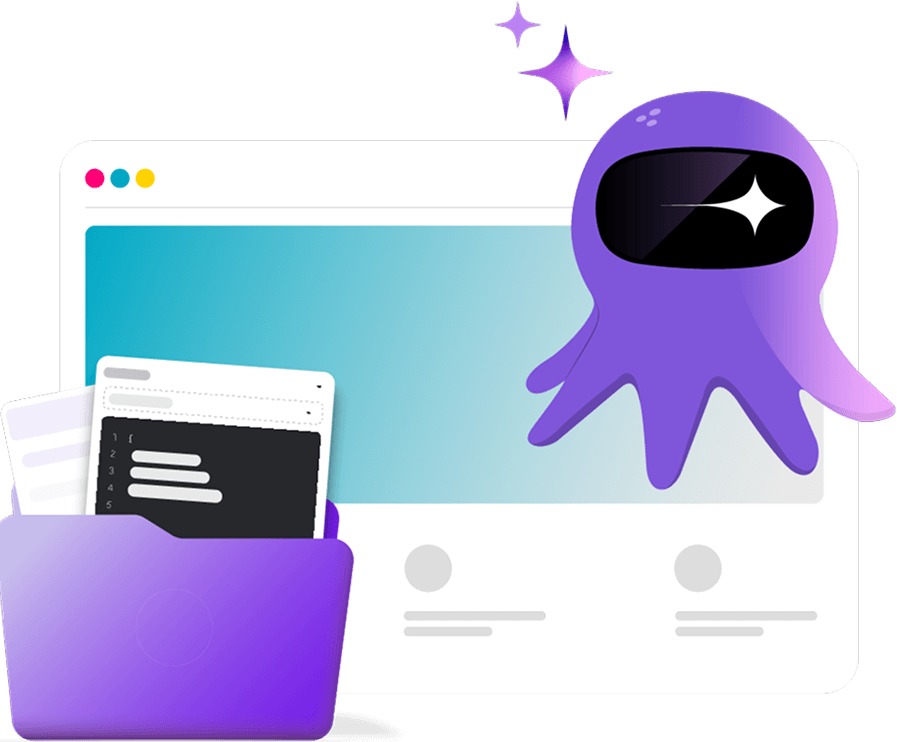
Overview of Knowledge Base application interface
Apart from the above-mentioned essential features Document360 also has some outstanding capabilities that make the knowledge base attractive to the end users.
Build Multilingual Knowledge Base
The Localization feature in a knowledge base system, enables you to build multilingual knowledge base documents for the different customer base. For example, your international customers across the globe may want to read the document in their native language, even when the document is available in English.
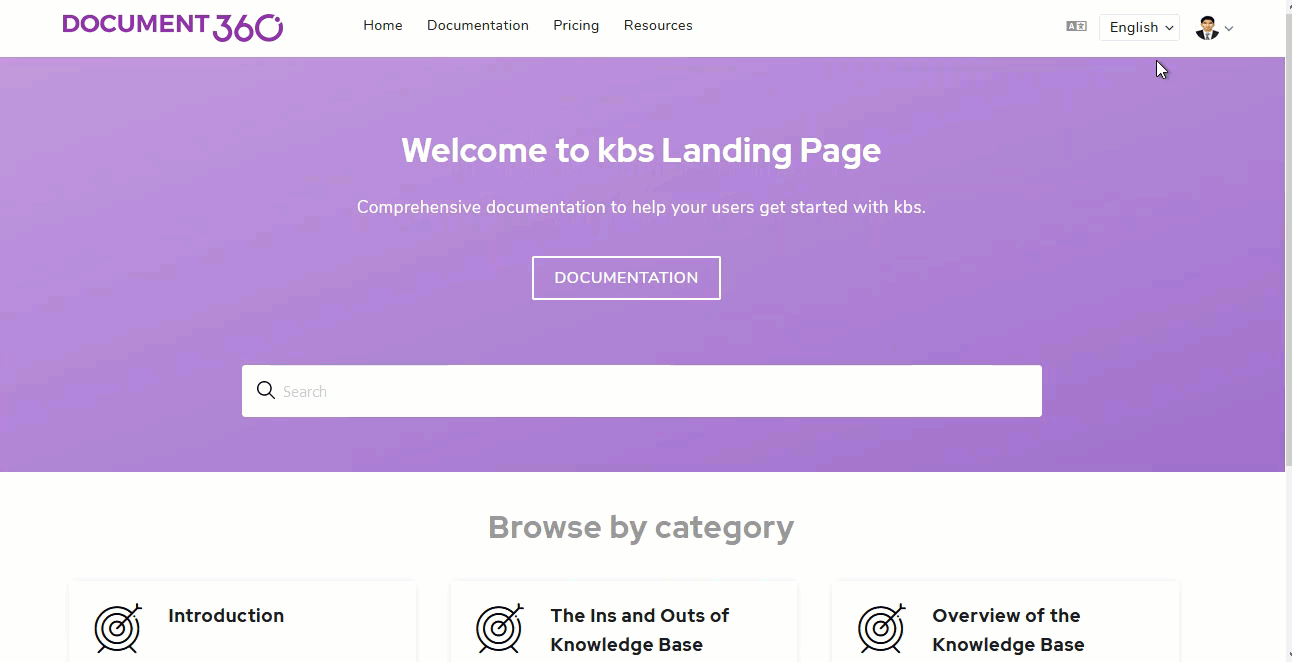
Choosing a language for the facing page.
You can take the help of an in-house translator to translate the article manually for a public-facing page or use Google Translator to translate the copied content from the source, and then paste the translated content back into the editor.
Look for knowledge-based software that includes built-in machine translation, which uses artificial intelligence (AI) to transform material instantly for better results. If you are dissatisfied with the 3rd party translation tools
Create a custom Site for Knowledge Base
When you create a document in Document360, you can have a public-facing URL, which can help user(s) access your Knowledge Base.
You can perform the following on the Site Domain page:
• Site Domain Hosting: You can create a custom URL for an existing URL
• Sub-Folder Hosting: Customized URL. You can use a sub-folder as a hosting page to mark these documents internally within the organization. For example, https://docs.startup.com to https://startup.com/docs
The following screen displays the Site Domain page.
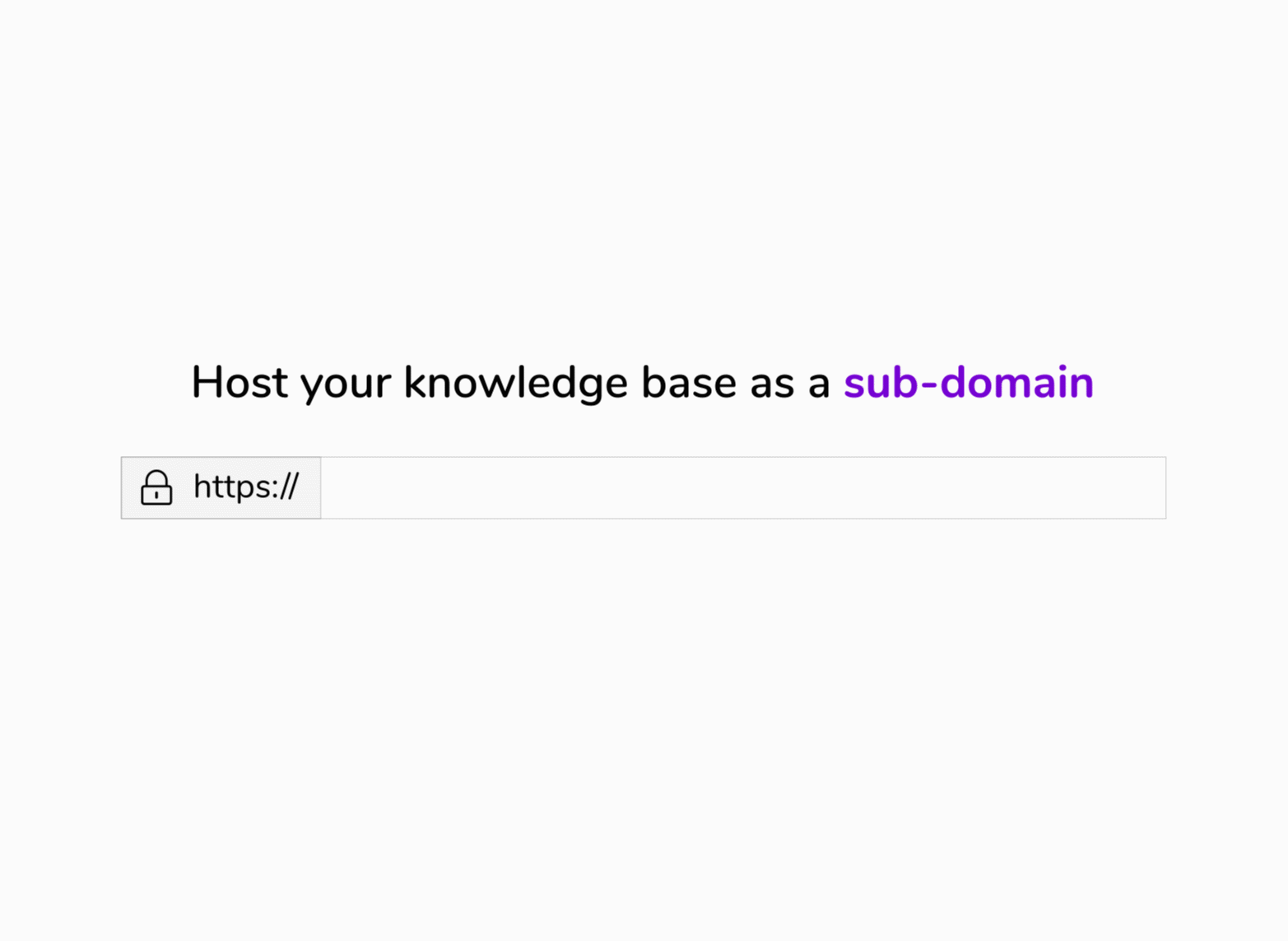
Site Domain Hosting and Sub-Folder Hosting page
Backup and Restore your Knowledge Base
It is necessary to keep your data secure each day. The Backup and Restore function is integrated with Dcoument360, which can help you restore earlier versions of your document from the backup list.
Best Practices in Creating Software Documentation
Quickly Adapt to Agile or DevOps Methodology for documentation
Most of the companies adapt or have adapted to Agile and DevOps methodology from the traditional Waterfall method. The waterfall method was found to be inappropriate because it was difficult to incorporate any new desired changes to the existing product design. This led to Agile methodology, where modular development was considered and new changes could be implemented during the development process.
This approach was well accepted in today’s software development life cycle and documentation development life cycle.
Regularly Interact with Subject-Matter Experts (SME)
The developers have in-depth knowledge about the product, so, writers often find it hard to approach them quite often to get information for the related document. So, one possible way is to, synchronize the effort estimate of documentation with the Software development process, so that the resources (documentation team, engineers, document reviewers, and support) can collaborate regularly, and acquire substantial knowledge to meet the documentation goal.
When you get to a certain point in your documentation, you need to seriously consider how people with different needs consider using your documentation
Constantly Improve and update document(s) Knowledge Base
Documentation is an iterative process. It may need to be improved based on customer feedback or may require refracting some content already included in the document. The Knowledge Base can include customers’ frequently asked questions or more references to solutions that may need to be included to increase efficiency, and productivity, and reduce costs to the company.
Discover how customers reached your Knowledgebase content
Your Knowledge Base software should be indexable by search engines, with all the correct meta tags. You should also link to your documentation from your software app since this is where users will naturally get stuck.
Few customers will consider your Knowledge Base as a whole, and hardly anyone will arrive at your carefully constructed homepage.
Periodically update information in Knowledgebase using the Customer Feedback loop
Before the first release of the product, the organization invites and shares the beta product with the customers and users to perform testing. Based on their feedback, and subsequent feedback after the release, the documentation must be updated to complement the latest product release.
There are several ways to collect feedback:
• Using a Web form or an Interactive form
• Activate inline comments in the documentation before sharing with the customers
• Receive ratings about the usefulness of the content on a specific page
Create your Style Guide to create a consistent document
There are a couple of ways to create a consistent look and feel of your document.
• Template: Create a template with predetermined styles before creating a document.
• Define a style sheet: Create different levels and structure the document manually by applying the relevant style to the content.
Watch this video to see our product in action and learn how it can streamline your software documentation workflow
Final Thoughts
If you adapt to agile methodology, it makes you produce documentation just in time. It becomes obligatory to produce good Software Documentation to sync programmers, testers, and end-users thoughts and goals in exercising a piece of software. Need to remember that any good Software documentation is specific, concise, and relevant.
Also Read: Create Killer SaaS Product Documentation for Your Customers
An intuitive knowledge base software to easily add your content and integrate it with any application. Give Document360 a try!
Get Started
Frequently Asked Questions
-
What is a software documentation example?
The product being created is described in software documentation. Project plans, test schedules, reports, standards, meeting notes, and even commercial letters are all instances of software documentation.
-
What is SDLC documentation?
SDLC documentation offers a framework for ensuring that senior leadership, functional managers, and system users sign off on the system’s requirements and execution.
-
What is the best software documentation tool?
Here is a list of the finest software documentation tools available, which you can use to document your software product.
- 1. Document360 2. GitHub 3. Read the Docs 4. Doxygen 5. ClickHelp 6. iA Writer and More…




 –
– 